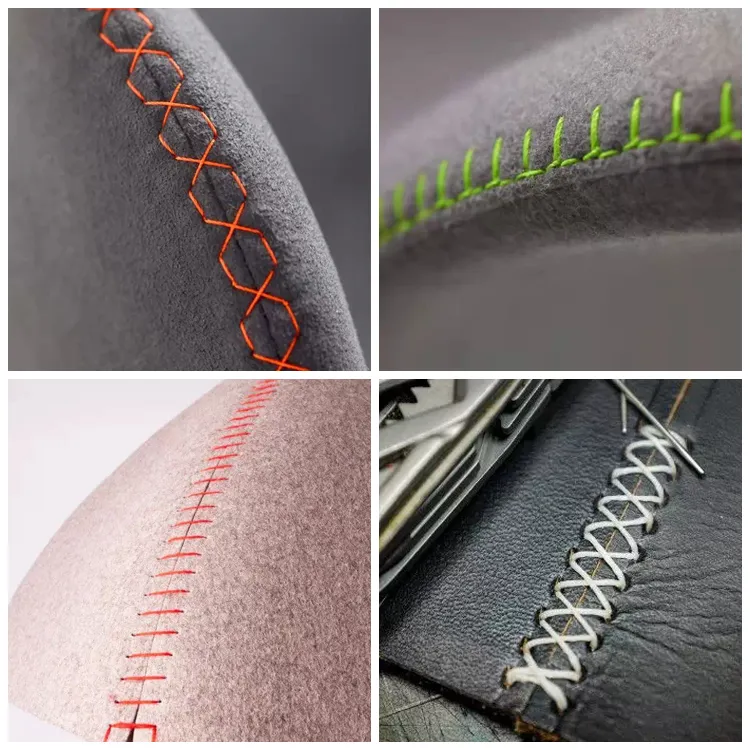how to use twin needle on sewing machine
How to Use a Twin Needle on a Sewing Machine
Using a twin needle on your sewing machine can elevate your sewing projects to a professional level. It allows you to create two parallel rows of stitching simultaneously, adding decorative touches and finishes to hems, t-shirts, and more. Though it might seem intimidating if you’ve never used one before, following these simple steps will guide you through the process easily.
Understanding the Twin Needle
A twin needle consists of two needle points attached to a single shaft. They are available in various sizes and types, including ballpoint needles for knits and sharp needles for wovens. Make sure to select a needle that suits the fabric you are working with. Generally, a 1.6mm twin needle (size 80/12) is a good starting point for most projects.
Preparing Your Sewing Machine
1. Check Compatibility Ensure your sewing machine can accommodate twin needles. Most modern machines support twin needles, but it’s always best to consult the manual.
2. Gather Tools You will need the twin needle, two spools of thread, and an appropriate bobbin. Also, have your fabric prepared and any other notions, such as pins or clips.
3. Remove the Regular Needle Before installation, switch off the machine and remove the standard needle by loosening its screw.
Installing the Twin Needle
1. Insert the Twin Needle Carefully insert the twin needle into the needle clamp. Ensure that the flat side of the needle shaft is facing the back of the machine. Tighten the needle clamp screw securely.
2. Prepare the Thread Place two spools of thread on the machine. The first thread should be threaded through the machine as normal. The second spool will require a bit more attention.
how to use twin needle on sewing machine

3. Threading Techniques As you thread the machine for the second needle, you may consider using a separate tension disc, if your machine allows it, to ensure even pressure and a balanced stitch. Guide the second thread through the corresponding needle on the twin needle, making sure both threads are snug but not overly tight.
Adjusting Machine Settings
1. Stitch Type Select a straight stitch or a zigzag stitch, depending on your project. A straight stitch will provide a classic look, while a zigzag can give more flexibility to knit fabrics.
2. Tension Settings It’s crucial to check the tension settings on your sewing machine. Ideal tension will help produce evenly spaced stitches. You might need to adjust it if you notice that the stitches are uneven.
3. Stitch Length and Width Set a suitable stitch length (typically 2.5-3mm) and width to avoid needle breakage. Remember, a twin needle cannot do wide zigzag stitches because the needles are too close together.
Sewing with a Twin Needle
1. Practice First If you’re new to using a twin needle, it’s wise to practice on scraps of the fabric you will be using. This will give you confidence and help you adjust settings as necessary.
2. Sewing Process As you begin to sew, guide your fabric gently without pulling it. Let the machine do the work to prevent skipped stitches.
3. Finishing Up Once you’re finished sewing, remove your fabric and cut the threads. You should see two perfectly aligned rows of stitching, adding a decorative element to your project.
Conclusion
Using a twin needle can seem tricky at first, but with the right preparation and practice, it can become a favorite technique in your sewing repertoire. Whether you’re looking to finish hems or add decorative stitching, mastering the twin needle opens up a world of possibilities in your sewing projects. Happy sewing!
-
Industrial Cylinder Arm Sewing Machine: Revolutionizing Heavy-Duty SewingNewsJul.28,2025
-
Cylinder Arm Sewing Machine: Perfect for Special Sewing ApplicationsNewsJul.28,2025
-
Cylinder Bed Sewing Machine: Essential for Sewing Complex MaterialsNewsJul.28,2025
-
Heavy Duty Sewing Machine: The Essential Tool for Industrial ApplicationsNewsJul.28,2025
-
Computerized Pattern Sewing Machine: Revolutionizing Precision StitchingNewsJul.28,2025
-
Heavy Duty Industrial Sewing Machine: Power Meets PrecisionNewsJul.28,2025
-
Leather Sewing Machine: The Industrial Standard for Tough MaterialsNewsJul.18,2025





























